June 21, 2025 | 03:47 GMT +7
June 21, 2025 | 03:47 GMT +7
Hotline: 0913.378.918
June 21, 2025 | 03:47 GMT +7
Hotline: 0913.378.918
During the first half of this year, the COVID-19 pandemic developed complicatedly, disrupting material supply chains all over the world and leaving negative impacts on the production, consumption and exports of farming products.
However, Vietnam’s agriculture made great efforts to achieve twin goals – ensuring COVID-19 prevention and control and maintaining positive growth.
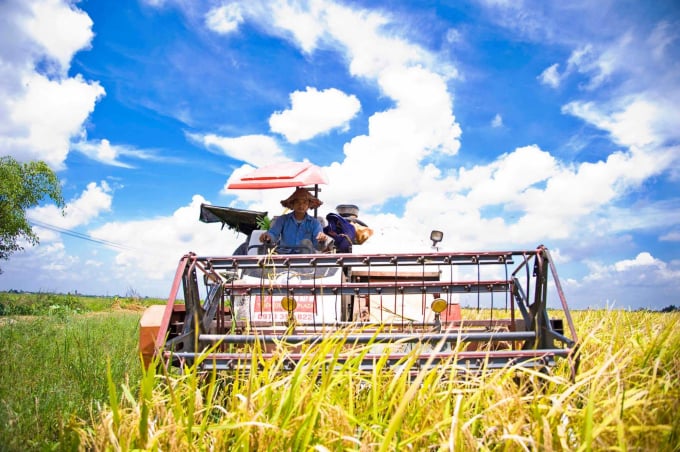
The country’s rice production in the first six months of 2021 was 21.58 million tonnes, meeting domestic demand, processing, animal feed production and exports. Photo: TL.
According to the General Statistics Office under the Ministry of Planning and Investment, in the first half of this year, agriculture, forestry and fishery productions of Vietnam saw an increase of 3.84 per cent in value, of which, agriculture production value up 3.71 per cent, forestry 3.98 per cent and fishery 4.25 per cent.
The agriculture, forestry and fishery productions gained a GDP growth of over 3.6 per cent in the first half of this year, of which, agriculture’s GDP up 3.51 per cent, forestry 3.5 per cent and fishery 4.1 per cent.
The country’s rice production in the first six months of 2021 was 21.58 million tonnes, a decline of 0.66 million tonnes compared with that of the same period last year. Rice production is said to meet domestic demand, processing, animal feed production and exports.
Until now, more than 1.89 million ha of the summer-autumn rice crop was cultivated, 5.6 per cent higher than the cultivation area of the same period last year.
More than 48,100 ha of low efficient rice land were shifted to grow other crops, vegetables, fruits, industrial trees or aquaculture production.

Minister of Agriculture and Rural Developmen Le Minh Hoan (left) and Minister of Trade and Industry Nguyen Hong Dien (right) visit a lychee farms, discussing ways to boost this year's lychee exports. Ảnh: CT.
Almost all fruits saw increased production ranging from three to 12 per cent. For example, mango 3.31 per cent, green dragon fruit 7.39 per cent, pomelo 10.68 per cent, lychee 7.94 per cent.
The production of unseasoned fruits ( green dragon fruit, mango, rambutan, durian and longan) in the Mekong Delta region generated an economic value that is 1.5-2 times higher than the fruit production in the main seasons.
The husbandry sector met domestic demand with meat production of 3.16 million tonnes – an increase of 22.58 per cent compared with the same period of last year.
The country’s poultry population increased 5.4 per cent with live poultry output of 932,2000 tonnes and over 8.4 billion eggs, marking a year-over-year increase of 6.1 per cent and 5.0 per cent respectively.
Pig population increased 11.6 per cent with live pork output of over 2 million tonnes, marking an increase of 8.1 per cent compared with that of the same period last year.
The fishery sector suffered a lot of difficulties caused by the COVID-19 pandemic’s impacts, falling prices of tra fish and saltwater intrusion. However, the sector also had advantages such as favourable on-sea weather, cheaper fuel and effective implementation of the Comprehensive and Progressive Agreement for Trans-Pacific Partnership (CPTPP) and the EU-Việt Nam Free Trade Agreement.
As a result, in the first half of this year, aquaculture production reached about 4.1 million tonnes, 2.8 per cent higher than that of the same period last year.
The Ministry of Agriculture and Rural Development and localities paid much attention to forestation and improve the quality of forests.
By the end of June 2021, nearly 650 million seedlings were prepared to serve forestation, 43 per cent higher than that of the same period last year. The new forest area was 108,258 ha or 22 per cent higher than that of the same period last year.
In the first six months of 2021, Vietnam earned US$24.23 billion from exporting agriculture, forestry and fishery products, marking an increase of 28.2 per cent compared to that of the same period last year.
Of them, the export value of agriculture products was US$10.40 billion, aquaculture products $4.05 billion and forestry products $8.7 billion, increasing 13.3 per cent, 12.5 per cent and 61.5 per cent respectively compared with those of the same period last year.
Key export products with high export value included rubber, tea, cashew, cassava and products made from cassava.
Products with increased export value thanks to the high export volume included timber and wooden products, bamboo products and shrimp.
China, the US, Japan and South Korea were the four biggest importers of Vietnamese farming products.
In the last six months, Vietnam exported to the US – its biggest importer - farming products worth about $6.7 billion, mostly timber and wooden products.
Vietnam’agriculture sector saw a trade surplus of $3.14 billion in the first half of this year as the country spent about $21.09 billion importing agriculture products.
Seeing the COVID-19 pandemic cause disruptions in consumption and exports of farming products, Vietnam’s agriculture ministry actively boosted farming product exports to countries like Peru and Australia as well as studied and took advantage of FTAs relating to agriculture product exports.
The ministry also co-operated with Vietnamese embassies and commercial counsellors in countries to exchange information, understanding, market forecasts and analysis to timely respond to market development during and post-COVID-19 pandemic.
The ministry created favourable conditions for Chinese wholesalers to enter Vietnam and buy lychee. It also negotiated and discussed with authorities in China, Thailand and the EU to boost the exports of fruits and aquaculture products from Vietnam.

Ministries and agencies implemented measures to ensure smooth production and consumption of farming products during the first half of 2021. Photo: LHV.
The ministry closely and actively followed the production and consumption of farming products across Vietnam, particularly in COVID-19-hit areas. The agriculture ministry, Ministry of Trade and Industry and localities implemented measures to support farmers and enterprises amid the COVID-19 pandemic.
Ministries helped farmers have their products reached supermarket chains like Big C, AEON, Hapro, Vinmart. Farming products were available on online trade floors like Alibaba, Amazon, Sendo, Voso and Shopee.
The Ministry of Agriculture and Rural Development targeted that export revenue of agriculture, forestry and fishery products this year reach about US$ 45 billion, of which, $21.5 billion from main agriculture products, $14 billion from forestry products and wooden products, $8.5 billion from aquaculture products and about $1 billion from other products.
Meanwhile, the Government of Vietnam earlier targeted to earn about $42 billion from exporting agriculture products this year.
![Turning wind and rain into action: [10] Advancing accessible climate services for farmers](https://t.ex-cdn.com/nongnghiepmoitruong.vn/608w/files/linhnhp/2025/06/20/1911-z6704423696987_15fd32ffc26d590d204d520c9dac6786-nongnghiep-161854.jpg)
(VAN) Not only does it help farmers 'avoid droughts and rains,' the development of agricultural climate services also enhances their ability to proactively adapt to a rapidly changing climate.
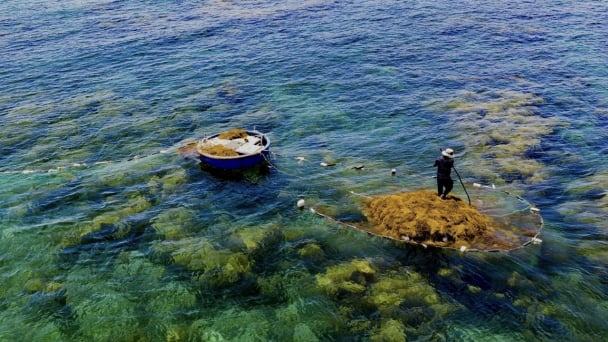
(VAN) With international assistance, the harvesting of sargassum seaweed in Quang Ngai has become increasingly regulated, thereby safeguarding marine life and ensuring the stability of coastal communities' livelihoods.
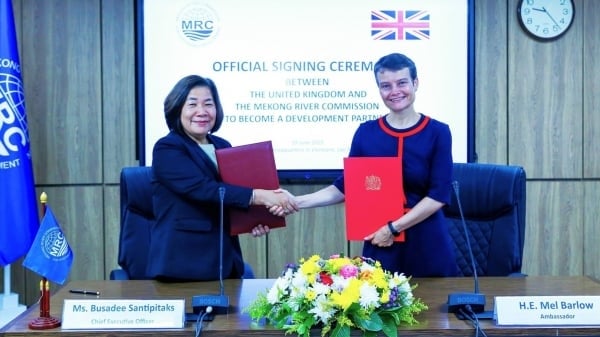
(VAN) On June 19, the United Kingdom officially became a Development Partner of the Mekong River Commission.
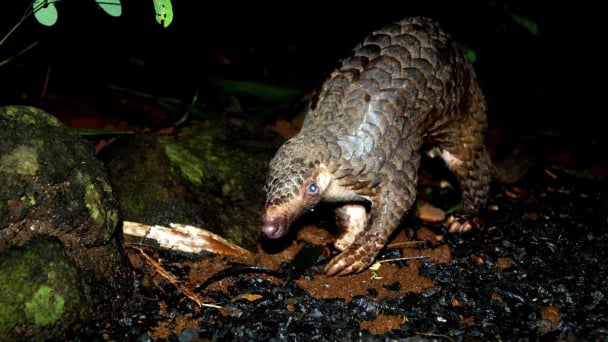
(VAN) Biodiversity is being threatened by traditional remedies made from wildlife. Traditional medicine and humans must change to live in harmony with nature.

(VAN) Agrifood investment and finance solutions for people and the planet.
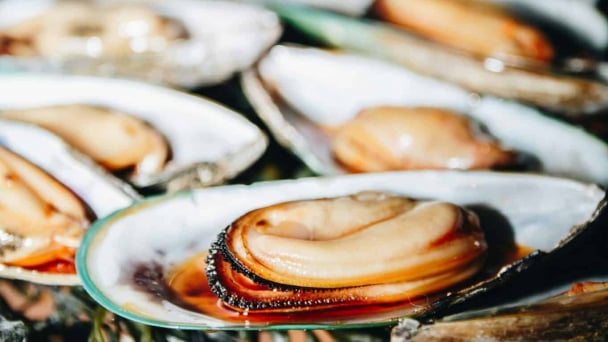
(VAN) Microplastic contamination has become pervasive in seafood, posing unprecedented challenges for food safety and marine ecosystems.
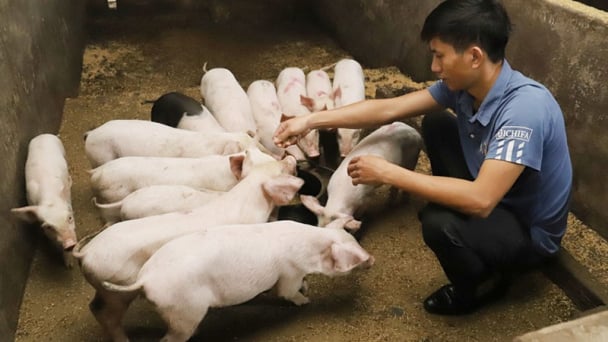
(VAN) Proactively using vaccines, combined with transport control and enhanced surveillance, is the only viable path toward biosecure and sustainable livestock production in Vietnam.